
How Chinese Artisans Turn Dead Cicadas Into ‘Hairy Monkeys’
These traditional handicrafts require exoskeletons, magnolia buds, and a steady hand.
Along the gray brick houses of Beijing’s hutongs, or traditional neighborhoods, stores are lined wall to wall with the typical Chinese arts and crafts—paintings and calligraphy, engraved lacquer, or cloisonné vases. In a shop across the street from the Temple of Confucius, calabash gourds dangle from the ceiling while shelves are stacked with handmade wooden appliances. Furry little figurines re-enact snapshots from Old Beijing. Some are posed selling bright red skewers of candied hawthorn, another pair plays Chinese yo-yo in the park. Upon closer inspection, it becomes apparent that the figurines’ limbs are made of insect legs.
These figurines, called maohou in Mandarin (directly translating to “hairy monkeys”), are an obscure folk craft made with the fuzzy bud of a magnolia flower and the sloughed exoskeleton of a cicada. The dioramas typically capture an essence of Beijing folk life, harkening back to a time before urbanization uprooted the ambiance of the ancient city.
“Hairy monkeys are something unique to Beijing,” says Buo Ling, a carpenter and sculptor who co-owns the shop selling traditional Chinese handicrafts. Ling developed an interest in making hairy monkeys after seeing them on TV and passed the skill onto his niece, Ying Li, who made the figurines on display at their store—one of the few places in China where hairy monkeys can still be found.
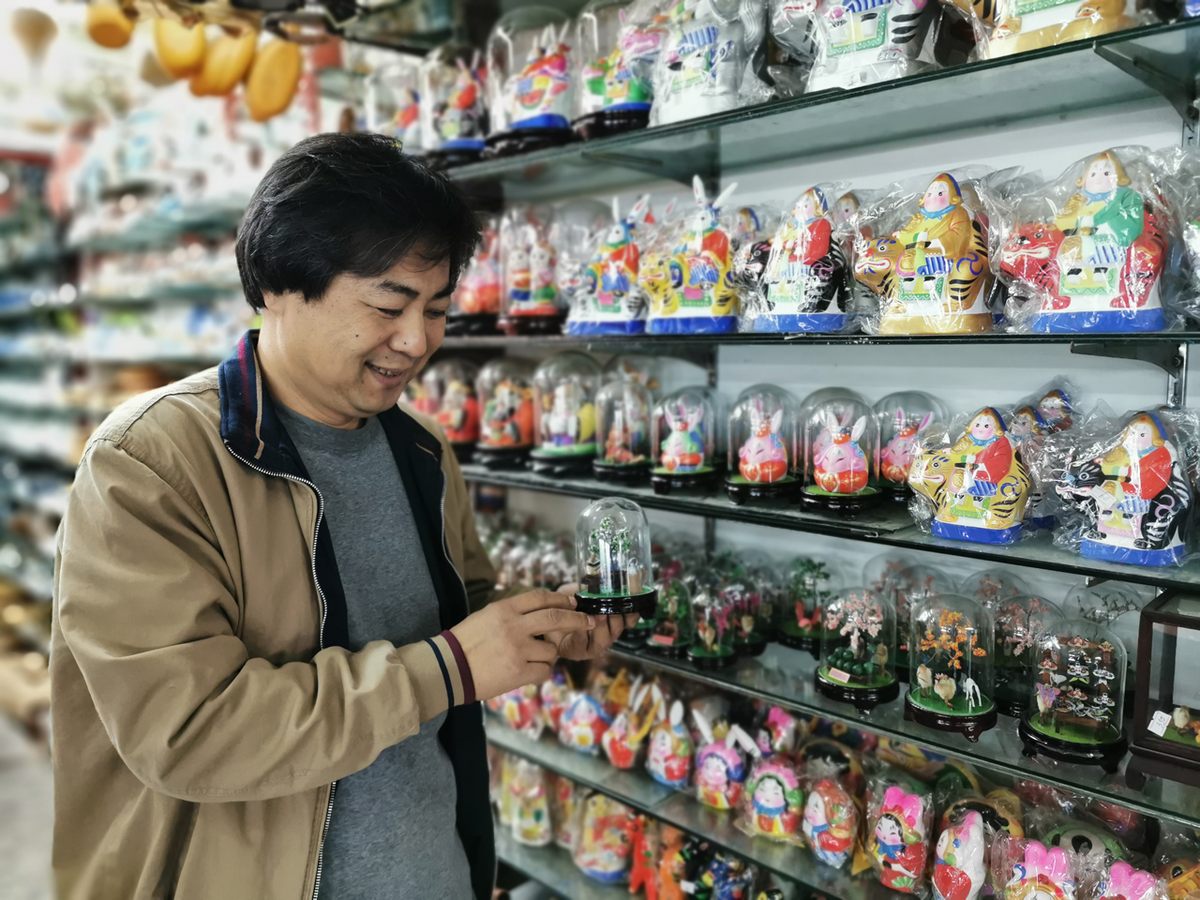
According to local legend, the craft began during the late Qing dynasty—around the late 1800s—at an apothecary called Nanqing Rentang in the south of the city. The shopkeeper had a reputation for being ill-mannered, and one day, lashed out at an apprentice. Later on, the apprentice, bored at work and resentful of his boss, began fiddling around with items in the apothecary. He took the legs and head from a shed cicada exoskeleton and fashioned them to the furry body of a magnolia bud. He used beiji, a sticky medicinal ingredient made from orchids, as glue to hold the figurine together, and another herbal medicine resembling straw to make a small hat.
The apprentice, amused by the resemblance the figurine bore to his manager, showed his coworkers, who also began making the hairy monkeys. When their manager found out, rather than be upset, he saw a business opportunity.
“In that time they didn’t have that many toys,” says Ling about people in the Ming Dynasty. “And this is really original and really simple.” The hairy monkeys were displayed in the shop window, and the apothecary even began selling kits so customers could assemble the unusual toys at home.
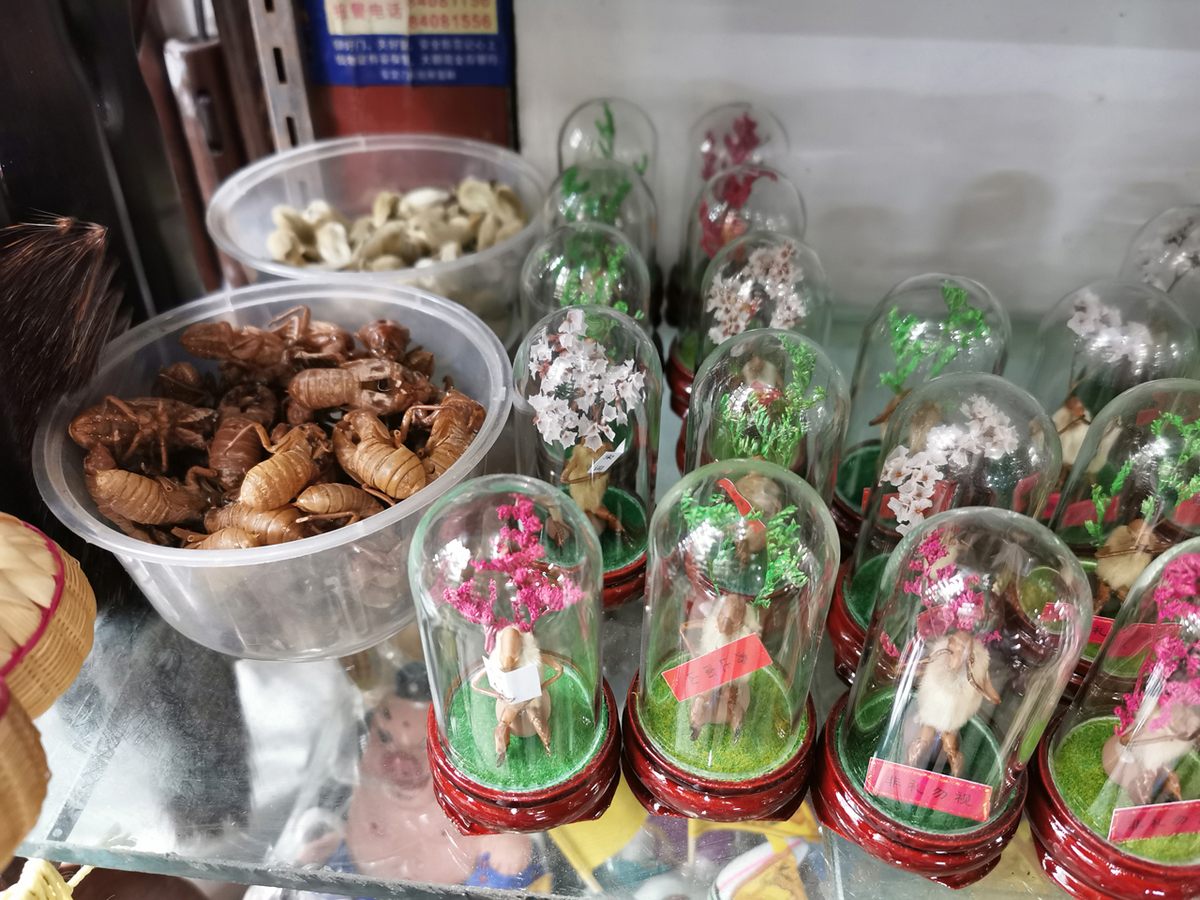
“I’ve heard older people say that wherever there was a market you could find these things,” says Ling. “And they’re really cheap. You can pick cicada sloughs in the summer and magnolia buds in the winter. You don’t even need to buy them. For the background you can find sticks or paper or leaves—whatever you scavenge around can be used, so in the past there were a lot of people who made this.”
But China saw dramatic changes in the 20th century. With the Cultural Revolution and rapid economic modernization, many of the country’s folk arts have faded into obscurity. Hairy monkeys virtually disappeared between the 1940s and 1980s. During the 1980s, dioramas began cropping up in folk art exhibitions, reviving their reputation.
Ling thinks he first learned about the craft over 10 years ago. “I saw them on TV, but I just didn’t know what the furry parts were,” he says. Ling went searching for the materials in a pharmacy, but the pharmacists didn’t understand what he was looking for. Luckily, he was dining at a restaurant one day and the soup was seasoned with magnolia buds. Recognizing the herb, he asked the kitchen for some to take home and began making the dioramas himself.
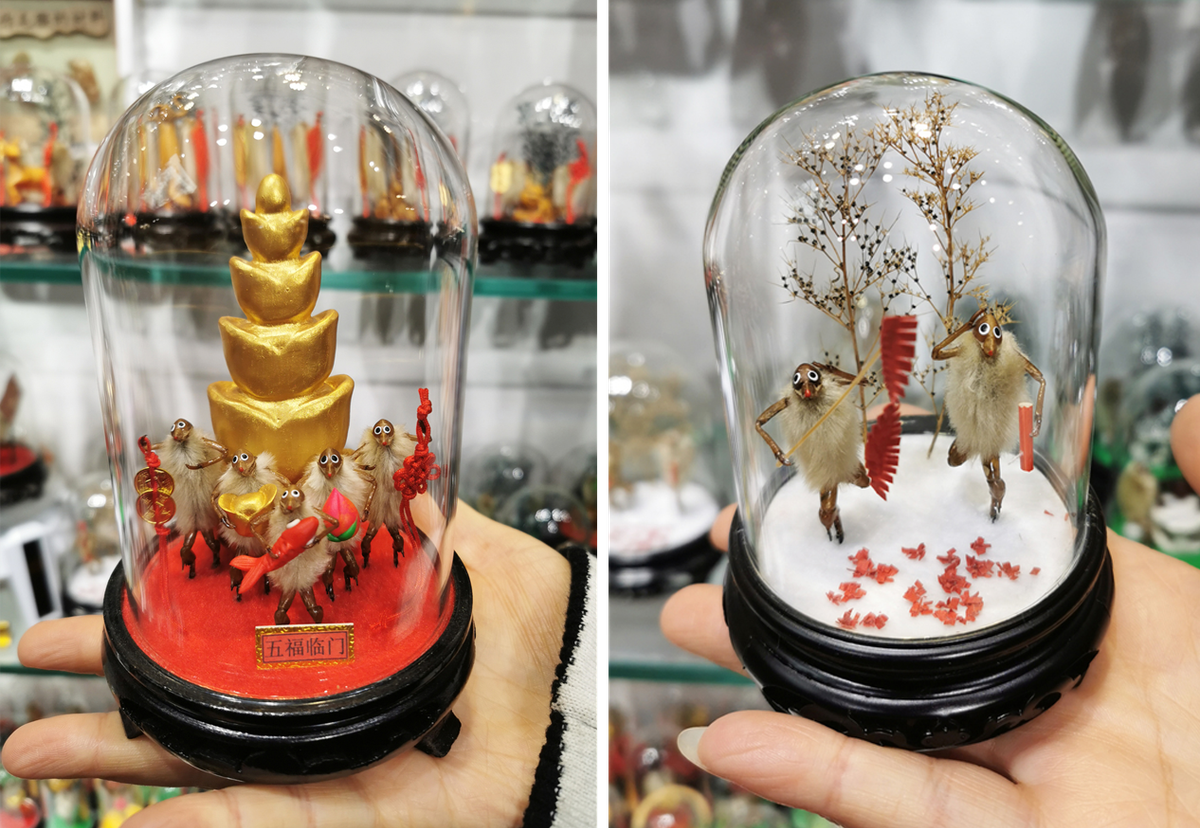
According to Ling, the hairy monkeys are quite easy to assemble. The difficulty lies in imagining unique scenes and accurately imitating character and mood. “Another difficult part is the props,” he says. “The figurines are only an inch tall, and according to this proportion, the props will be tiny.”
Other artists have made dioramas of wedding ceremonies or retro-style bathhouses and barber shops, and some have incorporated more modern designs. The Olympics, for instance, have inspired artists to feature skiing, volleyball, or weightlifting. “I rather like making the history-related stories or folk stories,” says Ling. “They’re traditional toys, so when someone sees them they can understand a bit of history. You can always use them to replicate modern feelings, but I always feel like it doesn’t quite match.”
Li’s designs often portray timeless scenes that can span multiple generations, and she draws inspiration from people-watching. One diorama depicts a kite factory while another re-enacts a picnic in the park. Another diorama shows a vendor selling youtiao in the street—a popular, deep-fried breakfast pastry.
Li concedes that hairy monkeys can only be pursued as a hobby and not a career, and at 75 RMB per diorama (around $11), it would be difficult to make any sustainable living. That said, “since it’s a passion of mine, I’ll always make them.”
Hairy monkeys can only be purchased in three or four shops around Beijing, and while another artist with a hutong shop has expressed concern that the art will die out again, Ling is doubtful. He thinks that the craft won’t be lost because it’s an irreplaceable tradition and that anyone interested can pick it up. “As long as you have hands you can make them,” he says.
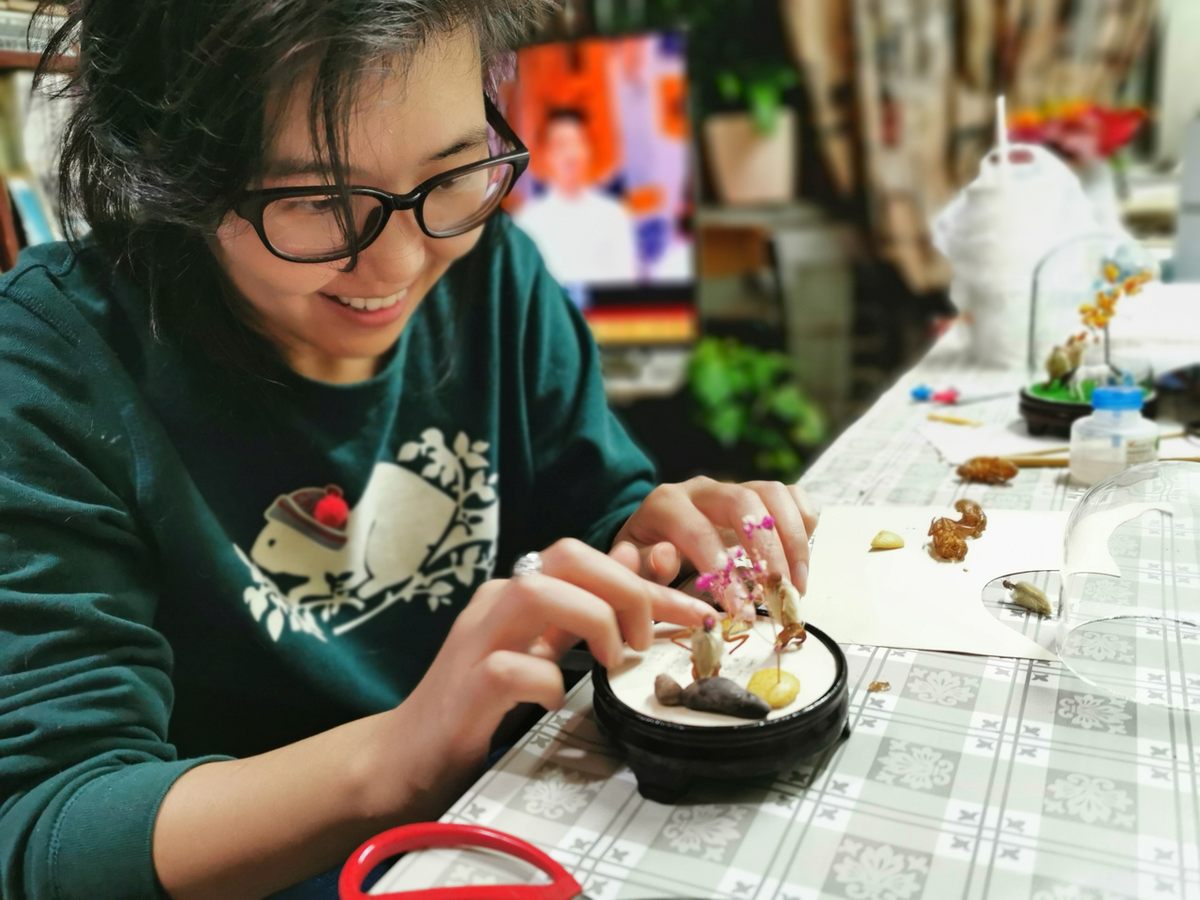
My grandparents and mother are trained in Chinese painting, and as such, possess a niche knowledge of the traditional arts. Inspired by Ling, my mother and I purchased some magnolia buds and cicada sloughs to give the craft a try. The design I settled on was inspired by a retiree practicing calligraphy in a park. He wrote out poems on the sidewalk with water and a giant home-made paintbrush.
I was befuddled about what I could use for props. Where did Li get tiny watermelons and teapots? After some bumbling around the house and chin scratching, I resourcefully, and admittedly creepily, made a minuscule paintbrush by gluing a snip of my grandmother’s gray hair to a toothpick. It worked surprisingly well. I made the tree by stabbing a grape vine, devoid of all grapes, into a foamy pomelo rind. Pebbles were selectively sourced from a flower pot, and to top it all off, I trimmed a few dried flowers from a vase that had been tucked away in a cupboard.
In summation, Ling’s verdict was right. Aided by a pair of dissecting forceps and super glue, assemblage was easy enough. The teeny props, however, required some creative thinking. It would be difficult to imagine making any sort of profit off the craft, but it certainly made a fun activity for a Sunday afternoon.

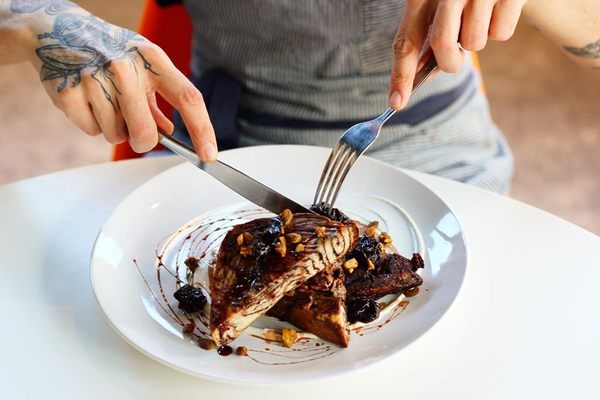
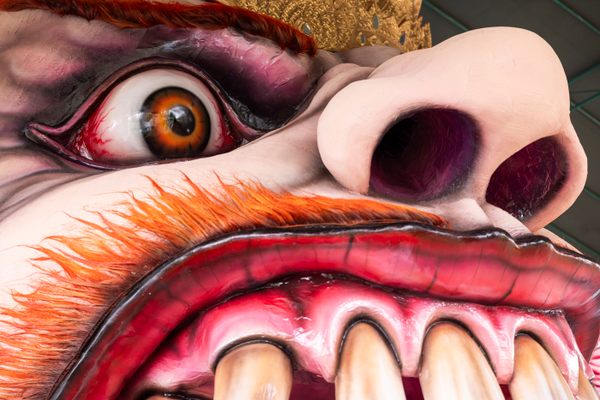
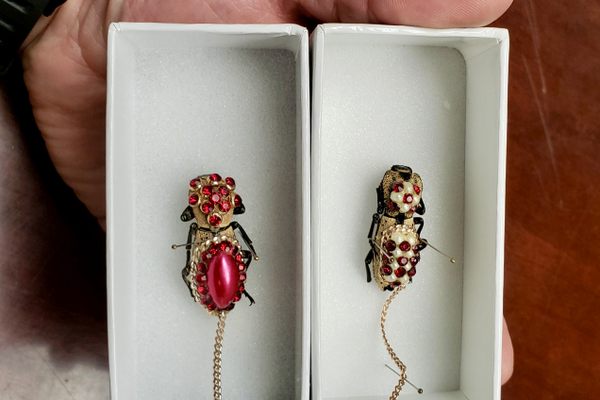
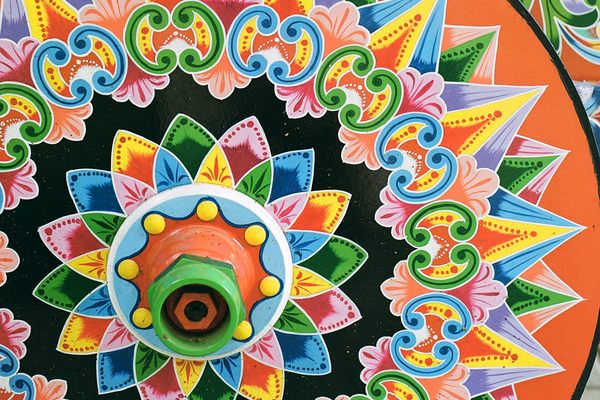

















Follow us on Twitter to get the latest on the world's hidden wonders.
Like us on Facebook to get the latest on the world's hidden wonders.
Follow us on Twitter Like us on Facebook